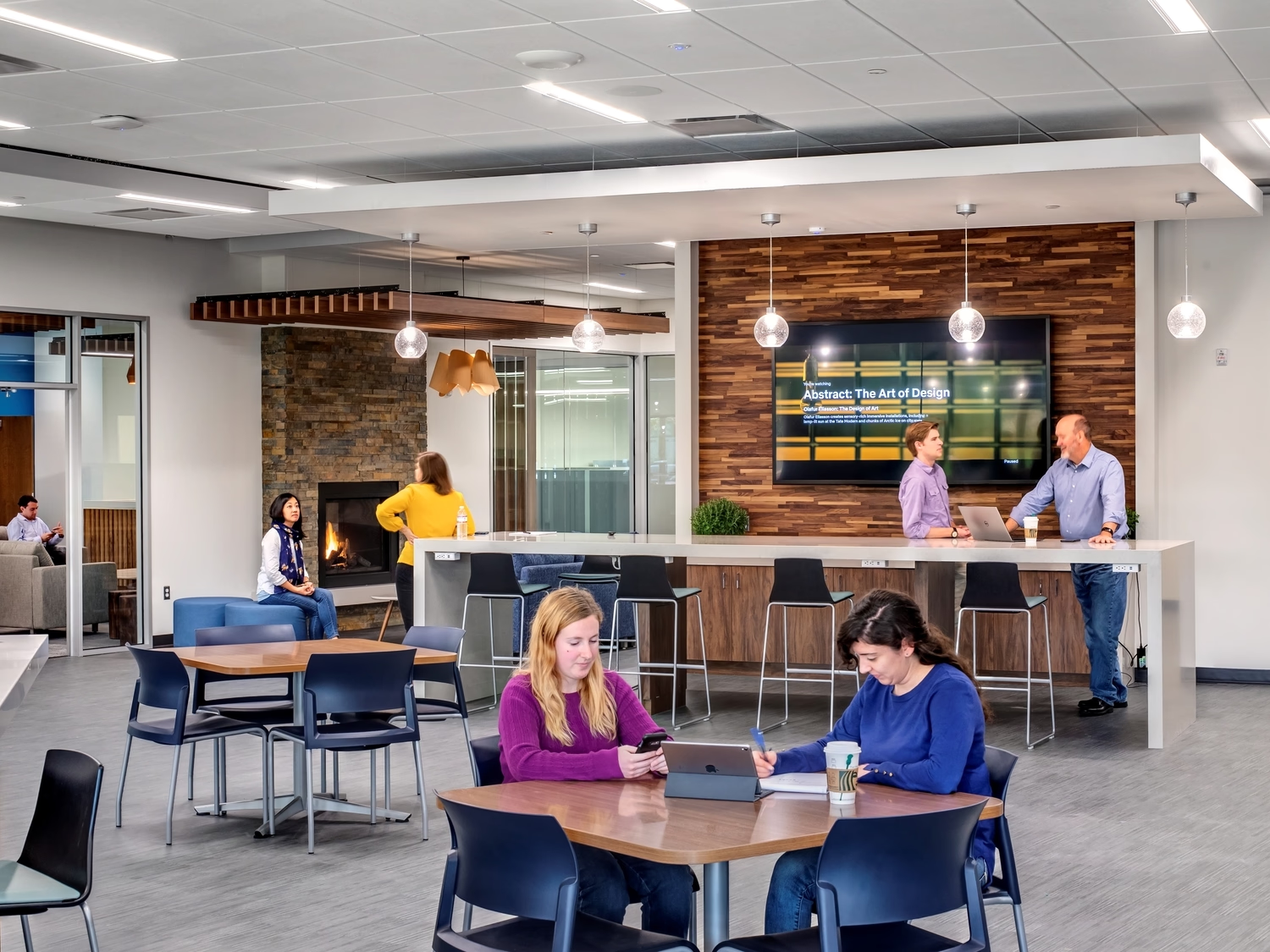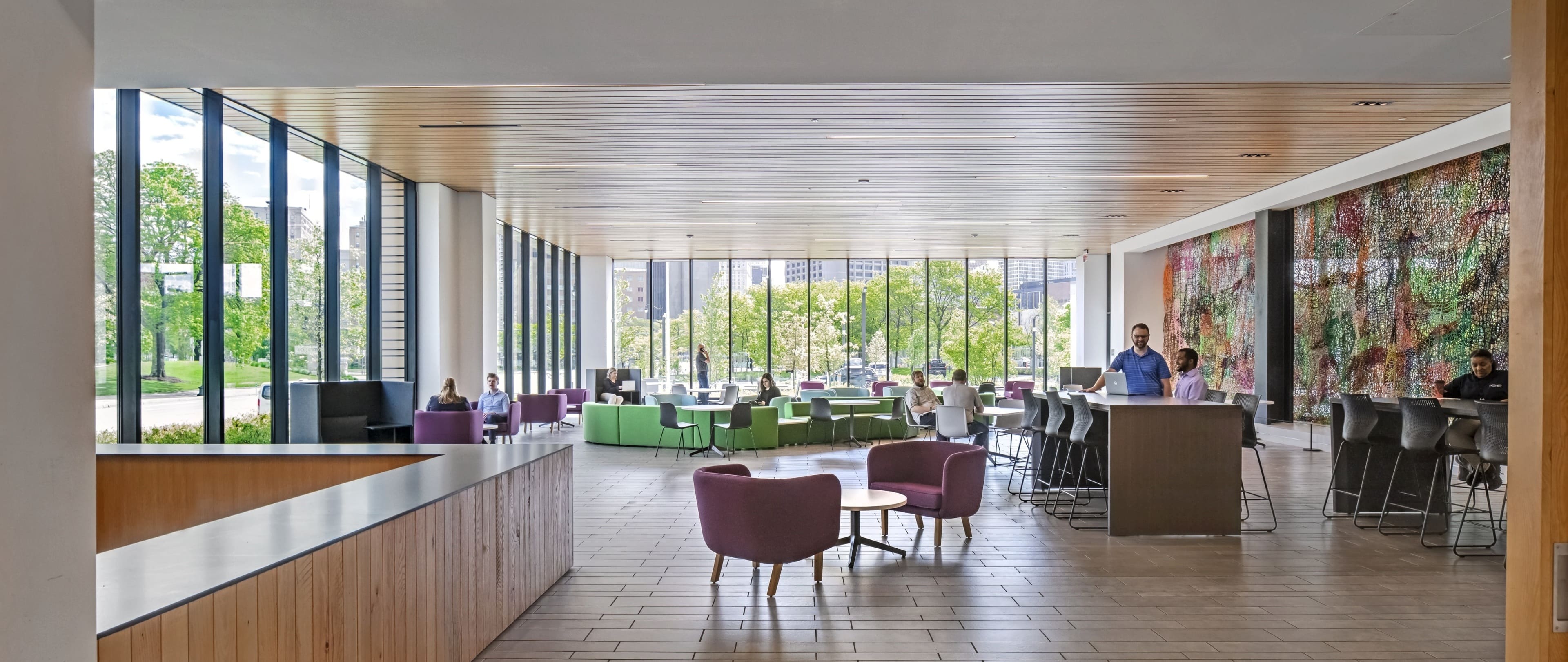
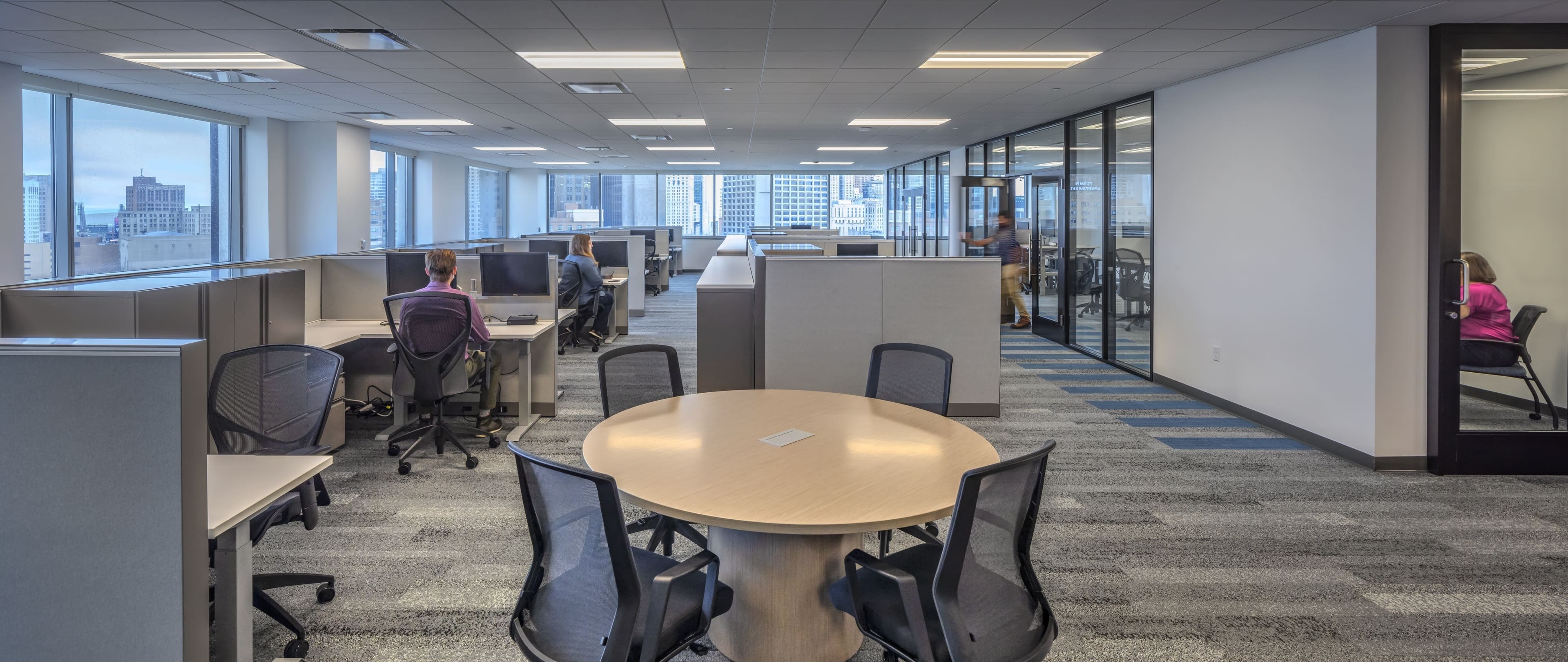
From Data Center to Sustainable Workplace
Rosa Parks Federal Building
Rosa Parks Federal Building
In collaboration with designLAB, we transformed this outdated government building from a place for machines to a place for people. Originally built as a highly secure data center, the building was uninviting inside and out. Our design opens it up to the outside world by letting in daylight and connecting to the urban landscape. Today the building provides cutting-edge office spaces for more than 20 federal agencies, consolidating employees from three dozen leased locations.
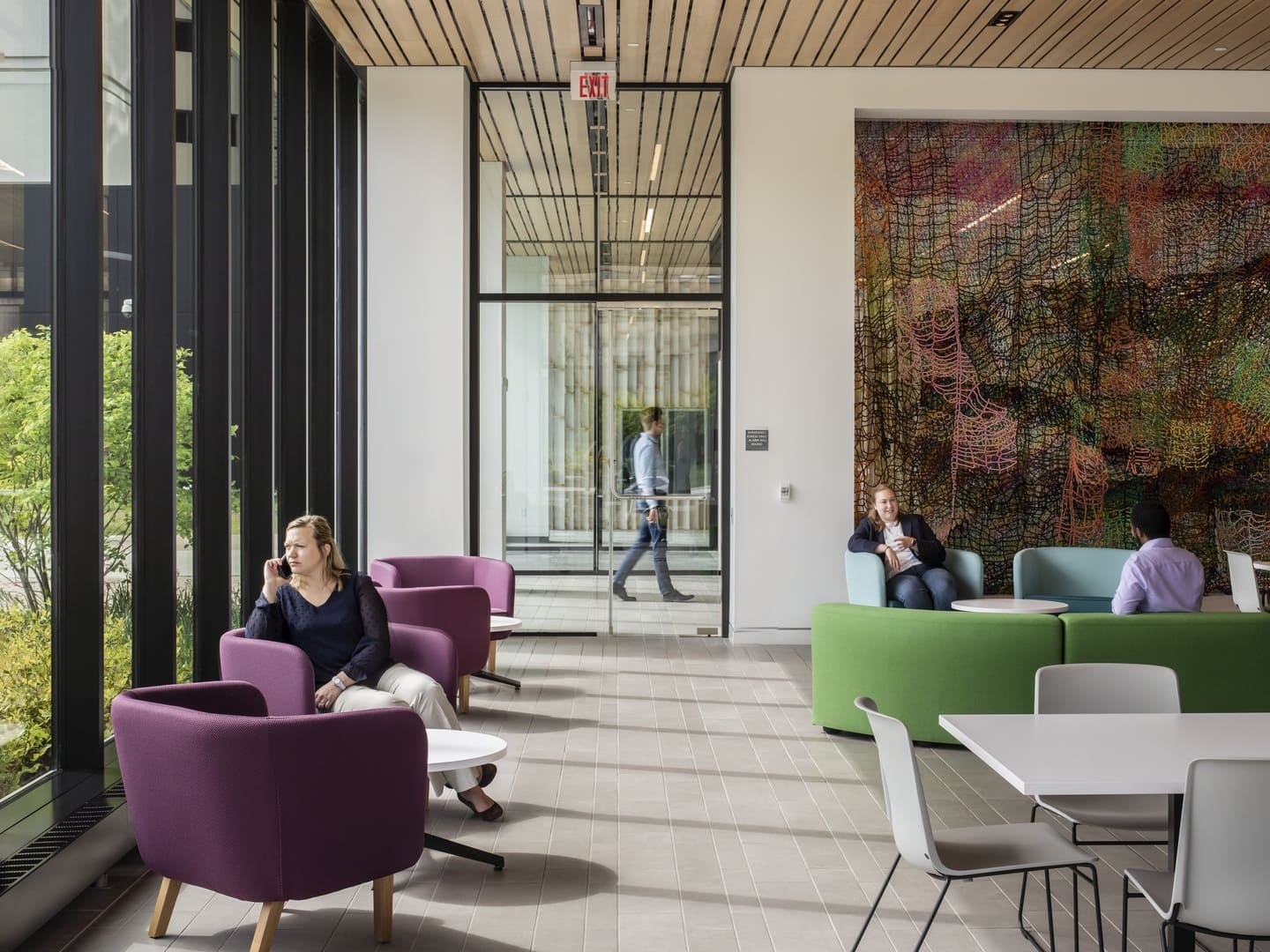
Let the Sunshine In
Our first order of business was getting more daylight into the building. The lobby was originally dark and closed-off, with small punched windows. Three of the building’s 12 floors had no windows at all—the exterior glass panels concealed solid walls. We replaced the lobby’s exterior walls with floor-to-ceiling glazing and inserted new window openings on the upper floors.
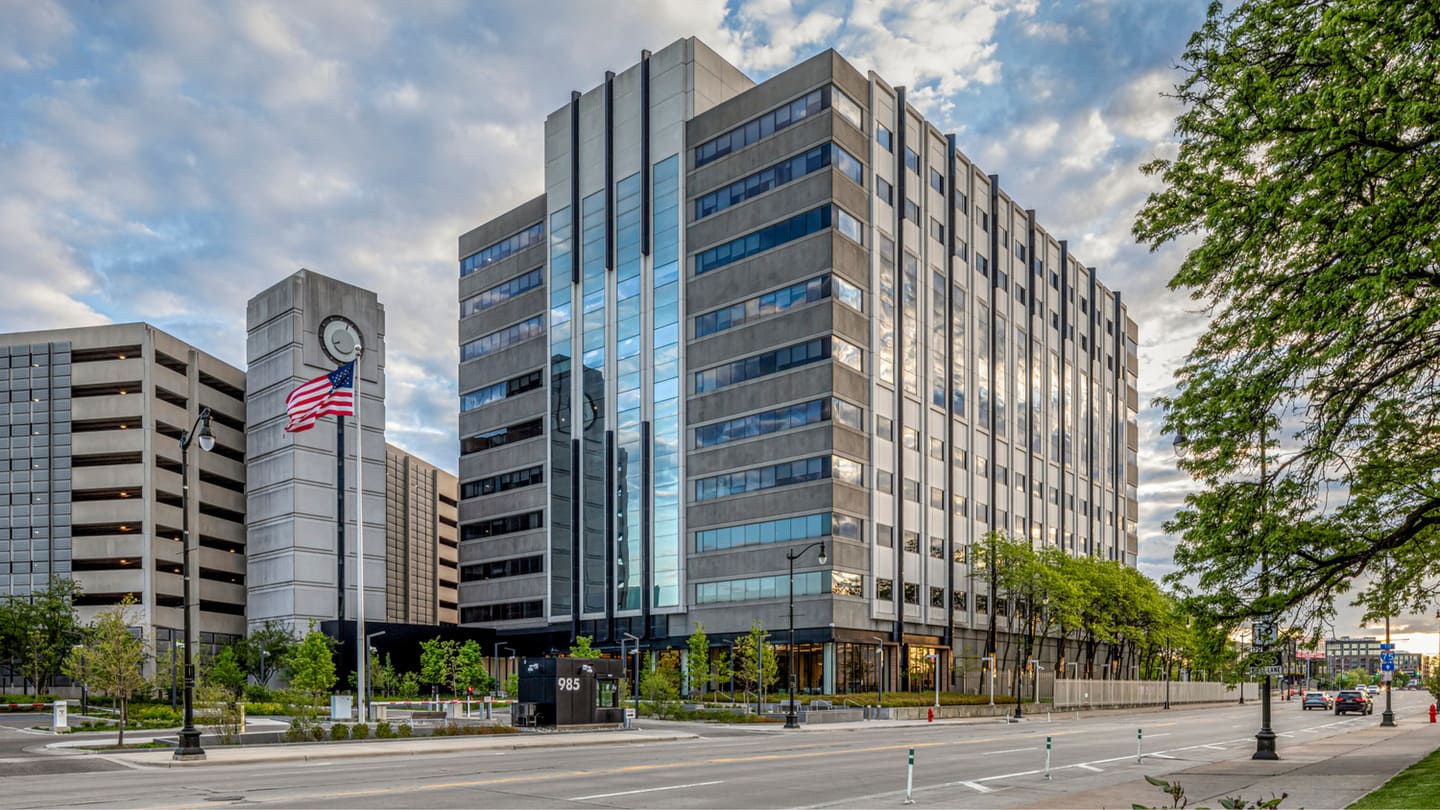
image_compare
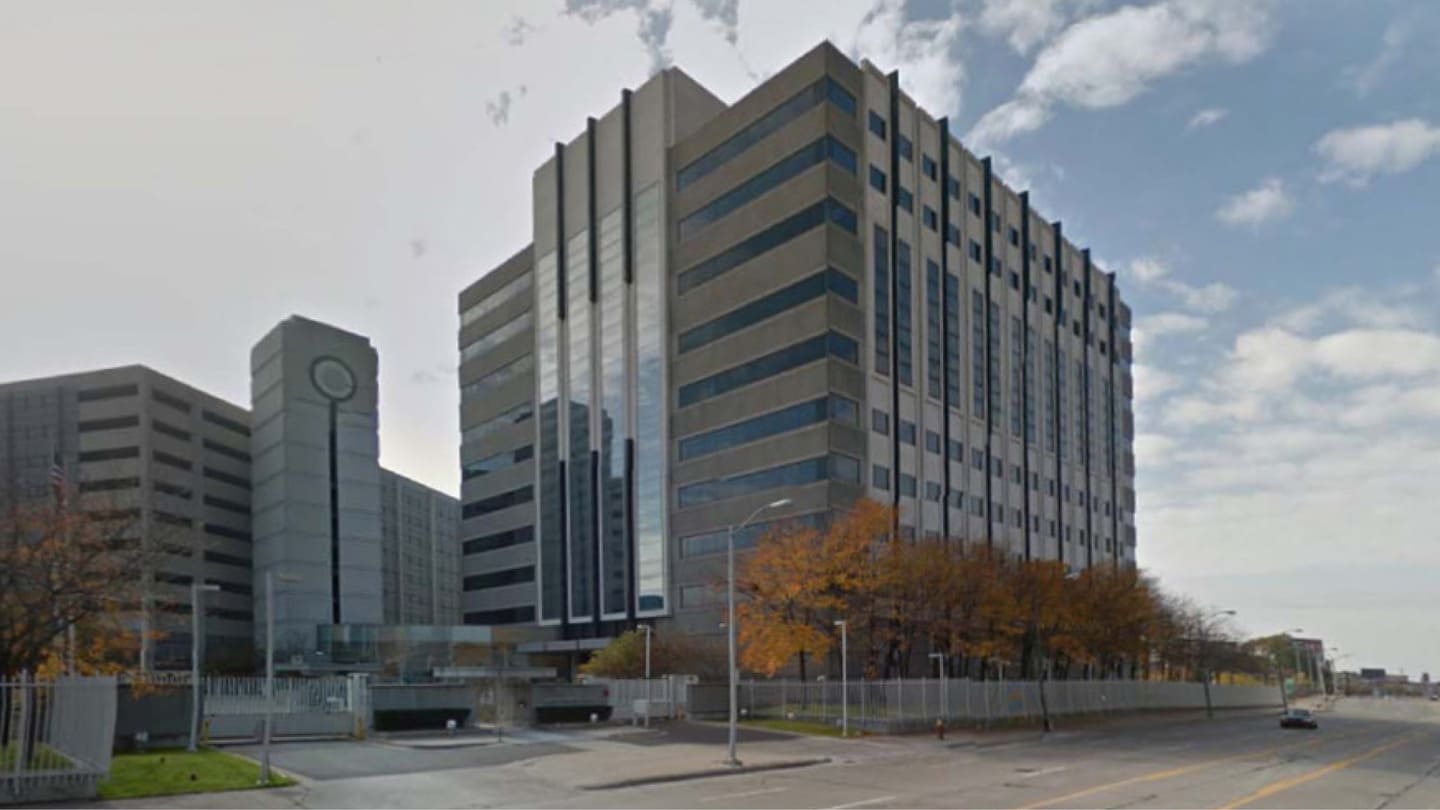
Carbon Counts
By reusing the building’s structure and most of the envelope, we saved 17,000 tons of embodied carbon—equivalent to the greenhouse gas emissions generated by powering 2,200 homes for a year.
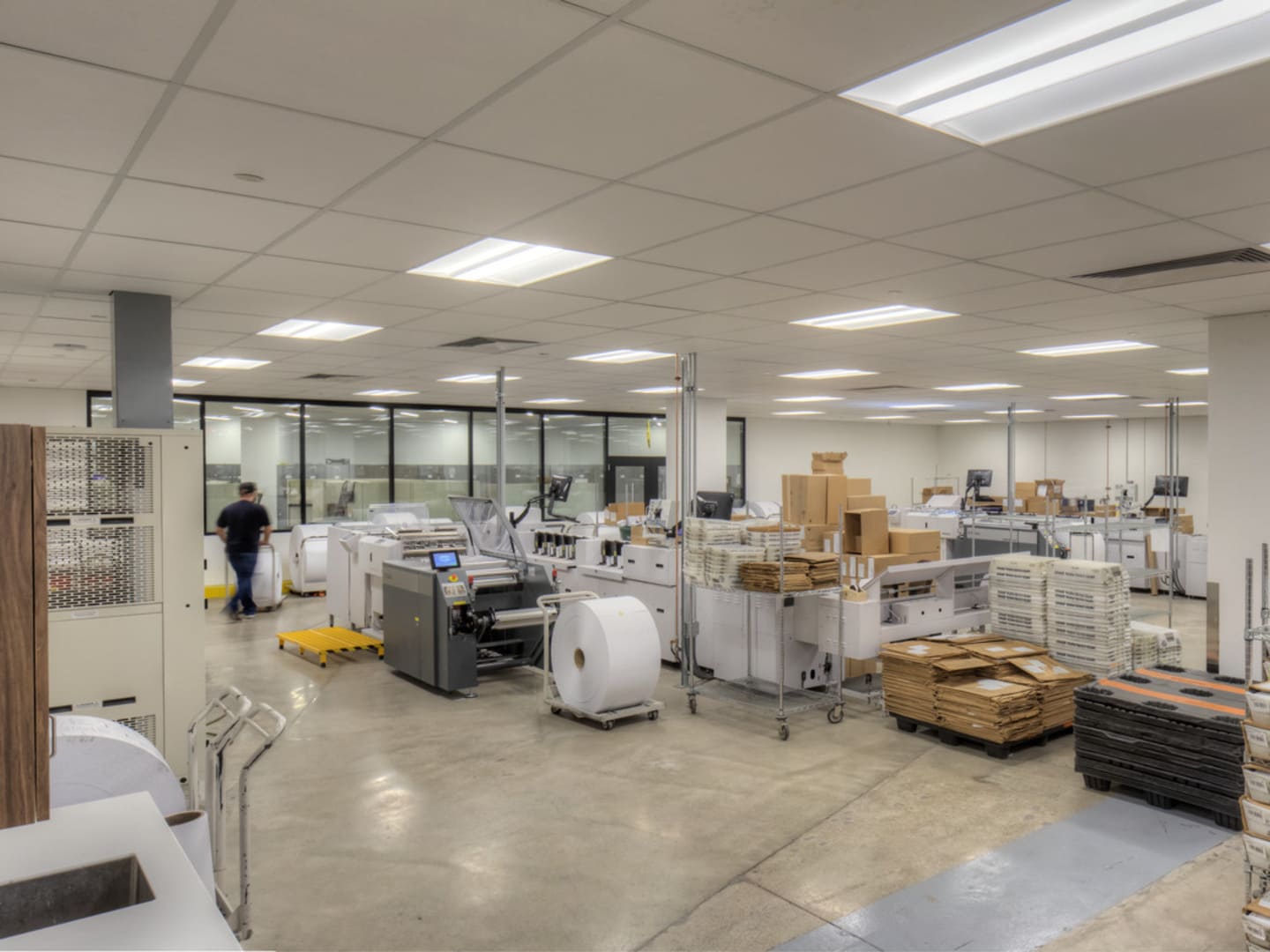
Pleasing Everybody
Accommodating 20 different federal agencies, each with their own work styles, space functions, and physical security needs, is no small feat. We conducted a comprehensive program study for each tenant agency. The final program includes spaces for traditional and open offices, conferences and training, call centers, mass file storage, and printing and mailing, just to name just a few.
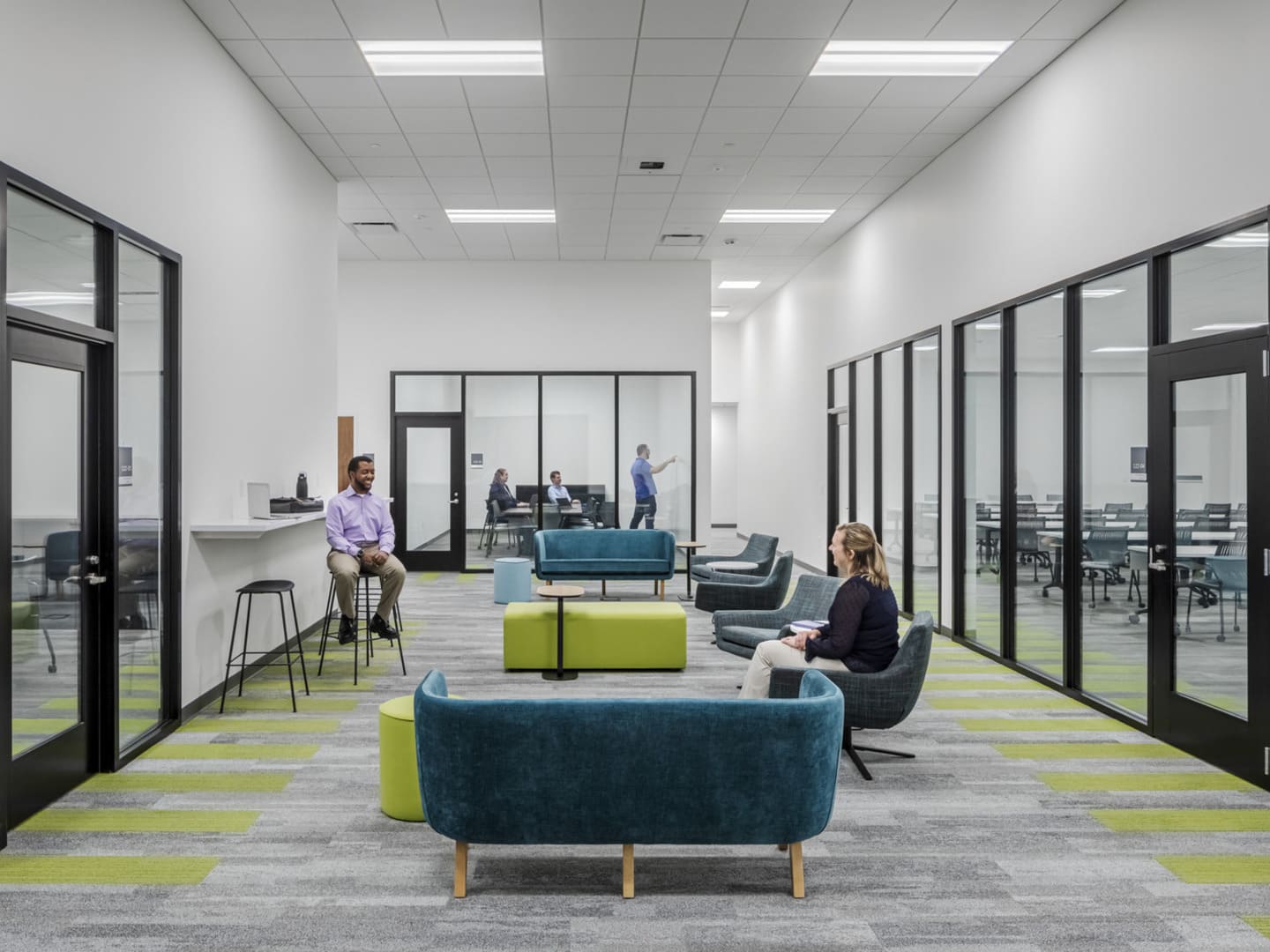
Meeting Federal Standards
Our design conforms to the General Services Administration’s (GSA’s) Facilities Standards for the Public Buildings Service and Guiding Principles for Sustainable Federal Buildings.
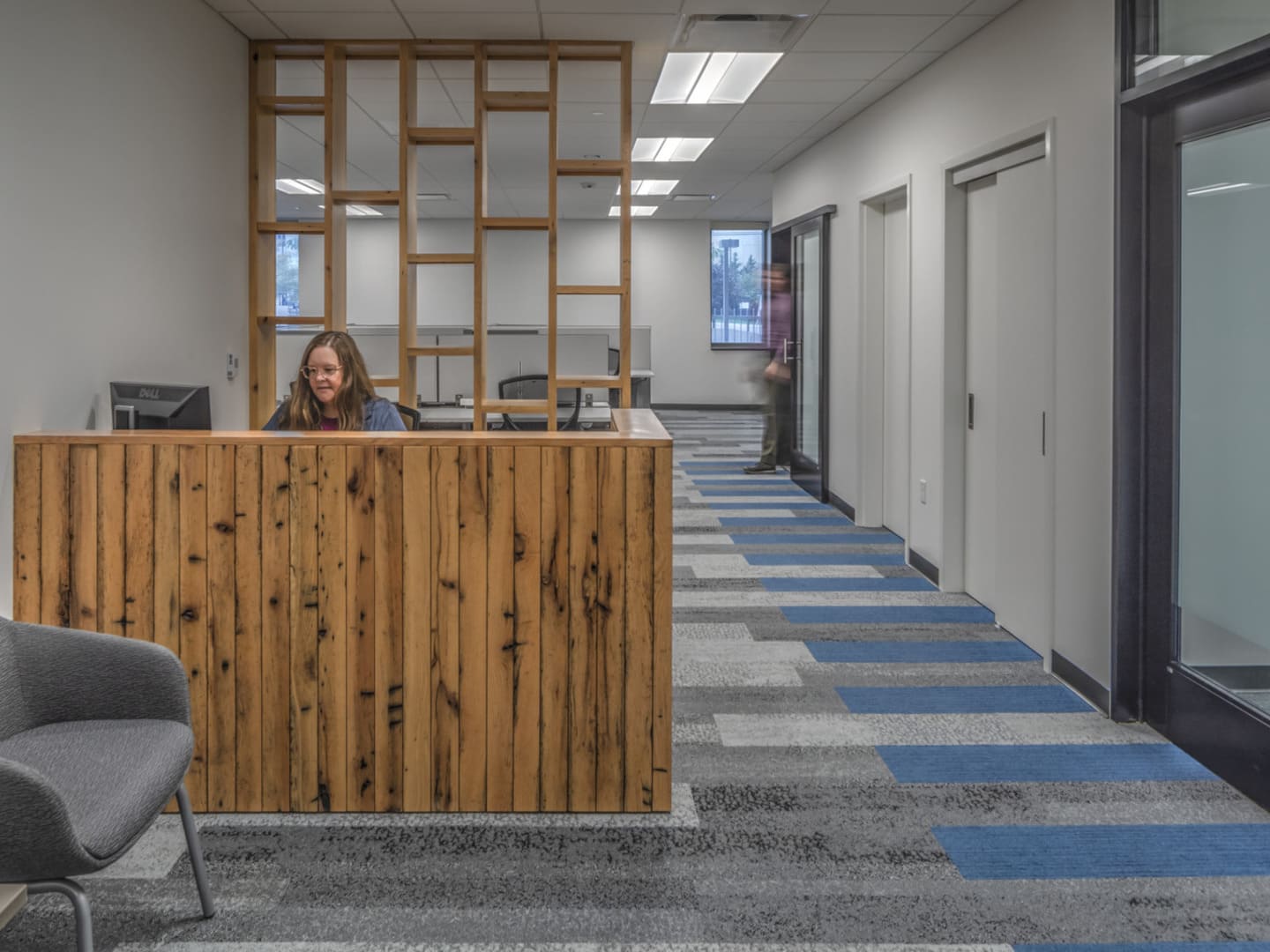
Sustainably Designed
Previously one of the GSA’s most energy-inefficient properties, the building is now LEED Silver certified. Thanks to interventions like all-new boilers and refurbished cooling towers, the building now consumes 60% less energy than it did before—despite the new windows and increased occupancy.


